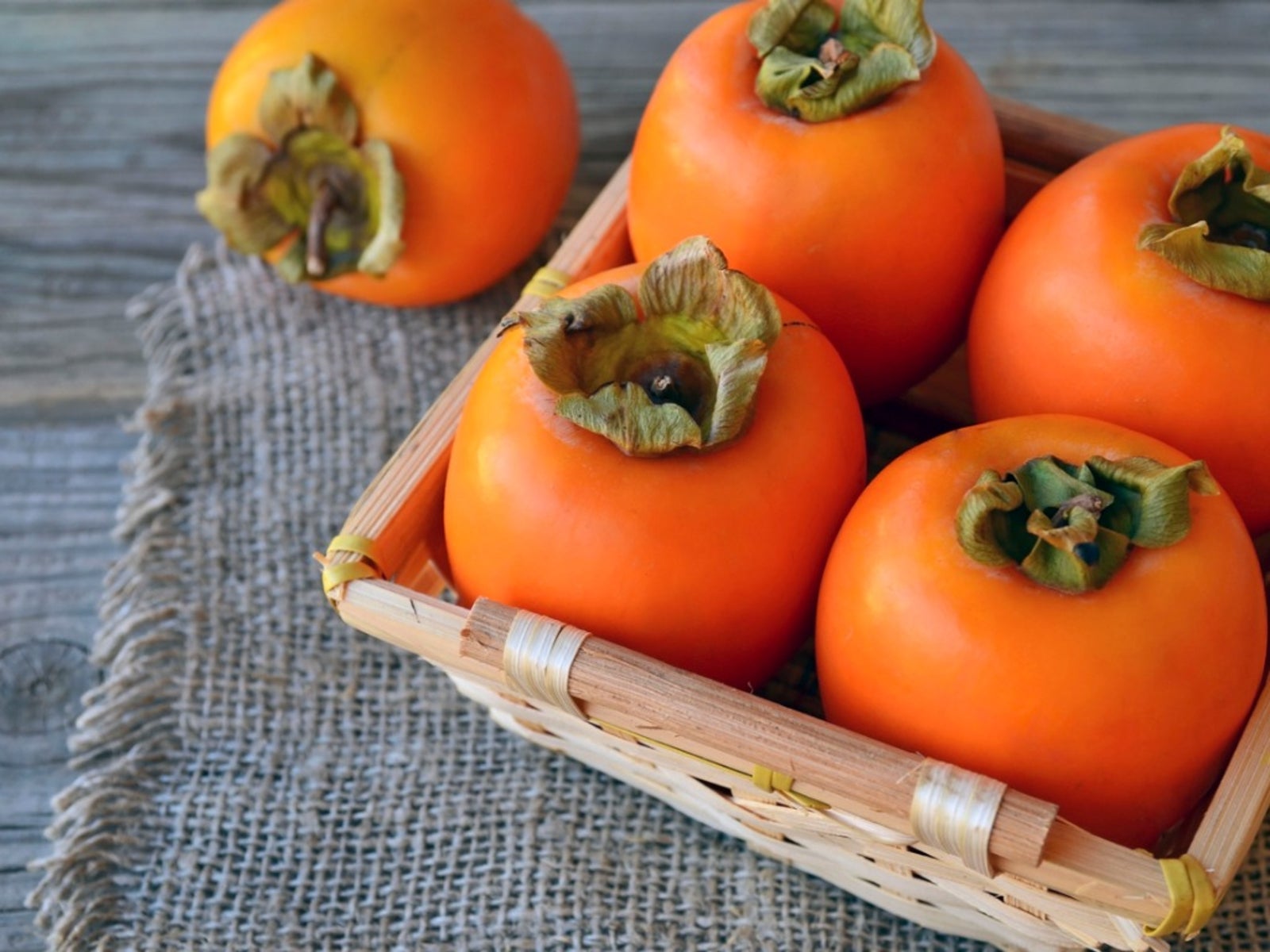Japanese Persimmon Planting: Tips For Growing Kaki Japanese Persimmons

Species related to the common persimmon, Japanese persimmon trees are native to areas of Asia, specifically Japan, China, Burma, the Himalayas and Khasi Hills of northern India. Early in the 14th century, Marco Polo mentioned Chinese trade in persimmons, and Japanese persimmon planting has been done off the Mediterranean coast of France, Italy and other countries, as well as in southern Russia and Algeria for over a century. Japanese persimmon tree also goes by the name kaki tree (Diospyros kaki), oriental persimmon, or Fuyu persimmon. Kaki tree cultivation is known for its slow growing, small tree size and production of sweet, juicy non-astringent fruit. The growing of kaki Japanese persimmons was introduced into Australia around 1885 and brought to the USA in 1856. Today, kaki tree cultivation occurs throughout southern and central California and specimens are commonly found in Arizona, Texas, Louisiana, Mississippi, Georgia, Alabama, Southeast Virginia and northern Florida. A few specimens exist in southern Maryland, eastern Tennessee, Illinois, Indiana, Pennsylvania, New York, Michigan and Oregon but the climate is a bit less hospitable for this cultivar.
What is a Kaki Tree?
None of the above answers the question, "What is a kaki tree?" Japanese persimmon plantings produce fruit, prized either fresh or dried, where it is referred to as Chinese fig or Chinese plum. A member of the Ebenaceae family, growing Japanese kaki persimmon trees are vibrant specimens in the fall after the trees has lost its foliage and only its brightly colored yellow-orange fruit is visible. The tree makes an excellent ornamental, however, the dropping fruit can make quite a mess. Kaki trees are long living (fruitful after 40 years or longer) with a round topped open canopy, an erect structure often with crooked limbs, and attaining a height of between 15-60 feet (4.5 -18 m.) (more likely around 30 feet (9 m.) at maturity) by 15-20 feet (4.5-6 m.) across. Its foliage is glossy, greenish-bronze, turning to a reddish-orange or gold in autumn. The spring flowers have usually turned to red, yellow, or orange to brown hues by this time. The fruit is bitter before ripened, but thereafter is soft, sweet and delicious. This fruit can be used fresh, dried, or cooked, and made into jams or sweets.
How to Grow Kaki Trees
Kaki trees are suitable for growth in USDA hardiness zones 8-10. They prefer well-draining, slightly acidic soil in full sun exposure. Propagation occurs by seed dispersal. A more common method of kaki tree cultivation is grafting wild rootstocks of the same species or similar. Although this specimen will grow in shaded areas, it tends to produce less fruit. Water the young tree frequently to establish a deep root system and thereafter once a week unless an extended dry period occurs in which case, add additional irrigation. Fertilize with a general all-purpose fertilizer once a year in the spring prior to the emergence of new growth. Partially drought hardy, Japanese persimmon is cold hardy as well, and primarily pest and disease resistant. Scale will occasionally assault and weaken the tree, and can be controlled with regular applications of neem oil or other horticultural oil. In the eastern United States, mealybugs affect young shoots and kill off new growth, but do not affect mature trees.
Sign up for the Gardening Know How newsletter today and receive a free copy of our e-book "How to Grow Delicious Tomatoes".

Amy Grant has been gardening for 30 years and writing for 15. A professional chef and caterer, Amy's area of expertise is culinary gardening.
